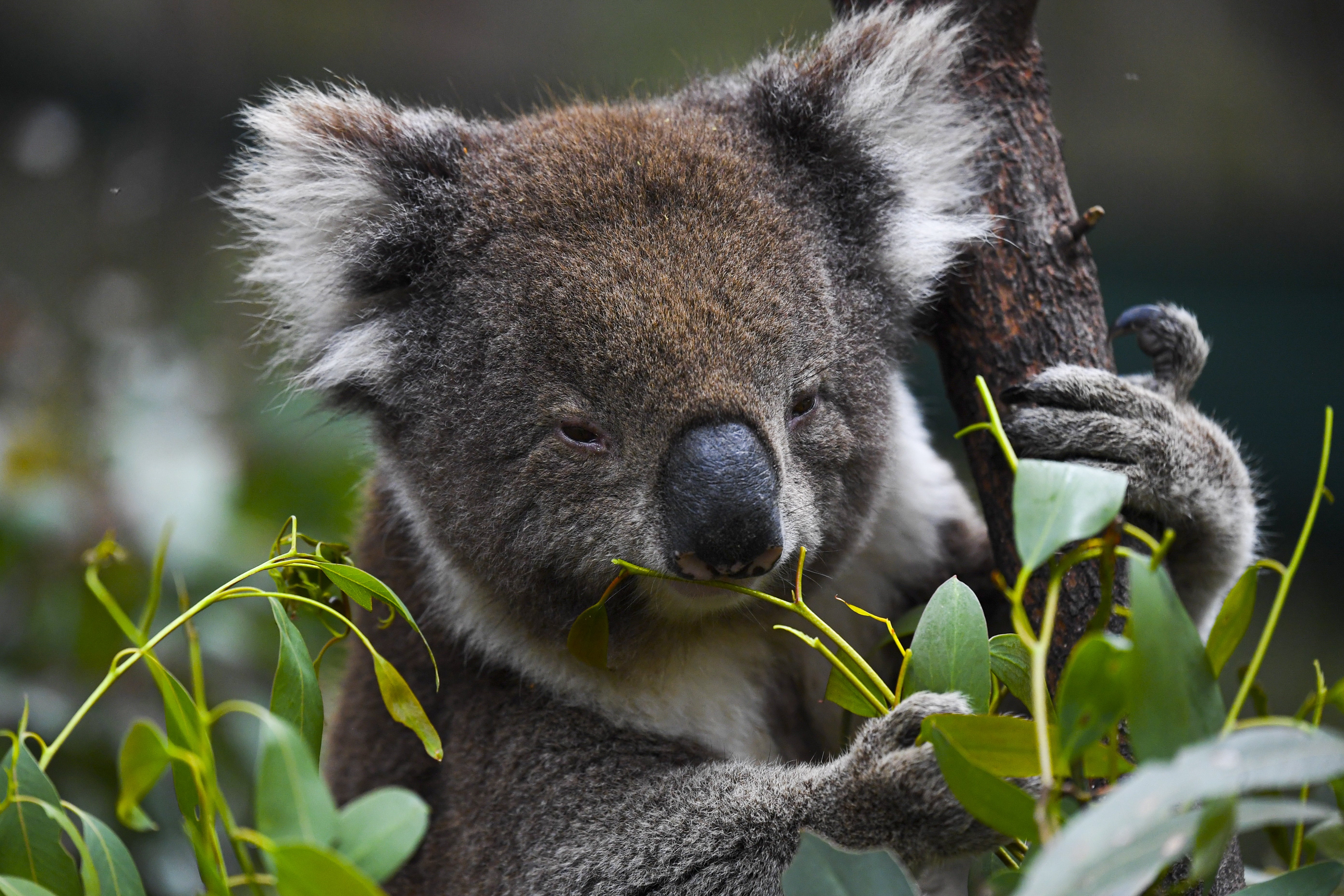Australia to use drones to count every koala in the country as threat of extinction looms
WWF says 60,000 killed or injured in bushfires last summer

Your support helps us to tell the story
From reproductive rights to climate change to Big Tech, The Independent is on the ground when the story is developing. Whether it's investigating the financials of Elon Musk's pro-Trump PAC or producing our latest documentary, 'The A Word', which shines a light on the American women fighting for reproductive rights, we know how important it is to parse out the facts from the messaging.
At such a critical moment in US history, we need reporters on the ground. Your donation allows us to keep sending journalists to speak to both sides of the story.
The Independent is trusted by Americans across the entire political spectrum. And unlike many other quality news outlets, we choose not to lock Americans out of our reporting and analysis with paywalls. We believe quality journalism should be available to everyone, paid for by those who can afford it.
Your support makes all the difference.Australia is set to embark on a mass audit of the country’s koala population, using drones and detection dogs to count the species amid fears it is “sliding towards extinction”.
The koala count is part of an AUS$18m (£10m) package to protect Australia’s iconic marsupials from multiple threats, including habitat destruction, climate change, disease and car strikes.
Heat-seeking drones and sniffer dogs will be used to document the koala population, which was estimated in a 2016 study to number 329,000. Since then, there have been annual bushfires reducing the number further.
The Australian Koala Foundation believes there could be fewer than 80,000 remaining today – and possibly as few as 43,000. “If this rate of decline continues then yes, the koala is at risk of extinction,” the group said.
Acoustic surveillance and citizen surveys will also be used to locate and count the animals, and annual reporting of koala populations will become part of ministerial meetings.
Commenting on the koala audit, which will cost AUS$2m (£1.1m), Sussan Ley, the Australian environment minister, said: “For all our focus on koalas, scientists are telling us that there is a serious lack of data about where populations actually are, how they are faring and the best ways to help them recover after the devastating bushfires."
More than 60,000 koalas were killed, injured or displaced in fires that raged across parts of Australia last summer, a report by the World Wide Fund for Nature (WWF) released on Monday estimated.
Those bushfires, which Scott Morrison, the prime minister, dubbed Australia's “black summer”, also killed 33 people and razed over 24 million hectares (59 million acres) in the country.
Nearly 3 billion native animals would have been in the path of the bushfires, the WWF study said.
Even before the fires, koala habitats had been in rapid decline due to land clearing for agriculture, urban development, mining and forestry.
“That [60,000 figure] is a devastating number for a species that was already sliding towards extinction in Eastern Australia. We cannot afford to lose koalas on our watch,” WWF-Australia chief executive Dermot O'Gorman said in the report.
South Australia's Kangaroo Island was the worst-hit area for koalas, with some 40,000 koalas impacted by the fires, the WWF said. Nearly 11,000 in Victoria and 8,000 in New South Wales (NSW) were also affected.
A NSW parliamentary inquiry in June concluded after a year-long inquiry that koalas in the state could become extinct by 2050 unless the government immediately intervened to protect them and their habitat.
The WWF aims to double the number of koalas in eastern Australia by 2050.
The organisation’s protection plan includes a trial of drones to disperse seeds of eucalyptus trees which provide both food and shelter for koalas, and the establishment of a fund to encourage landowners to create koala safe havens.

Join our commenting forum
Join thought-provoking conversations, follow other Independent readers and see their replies
Comments